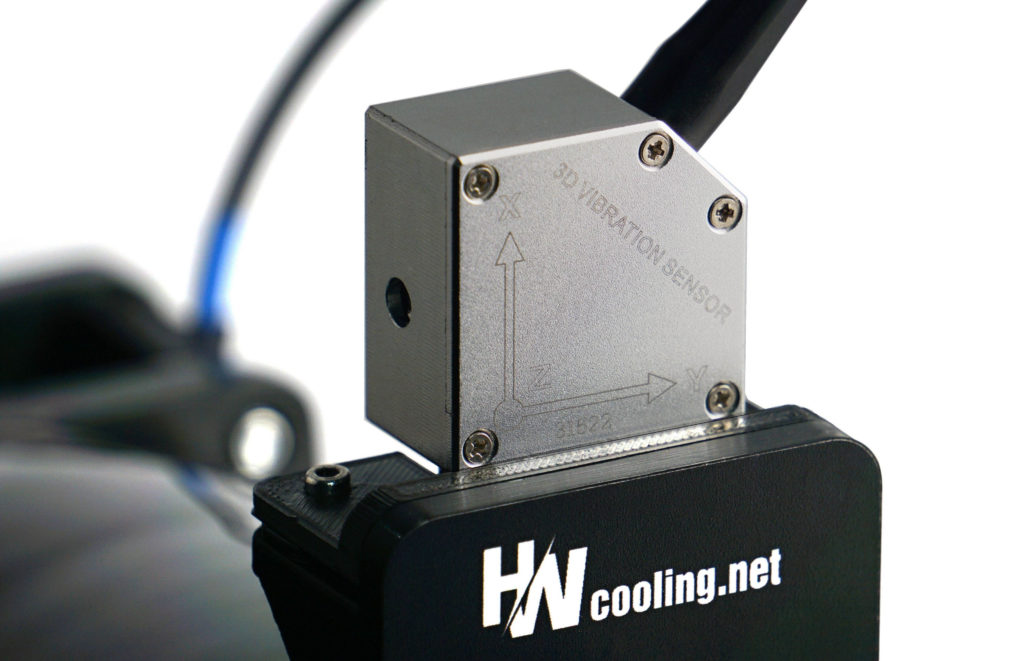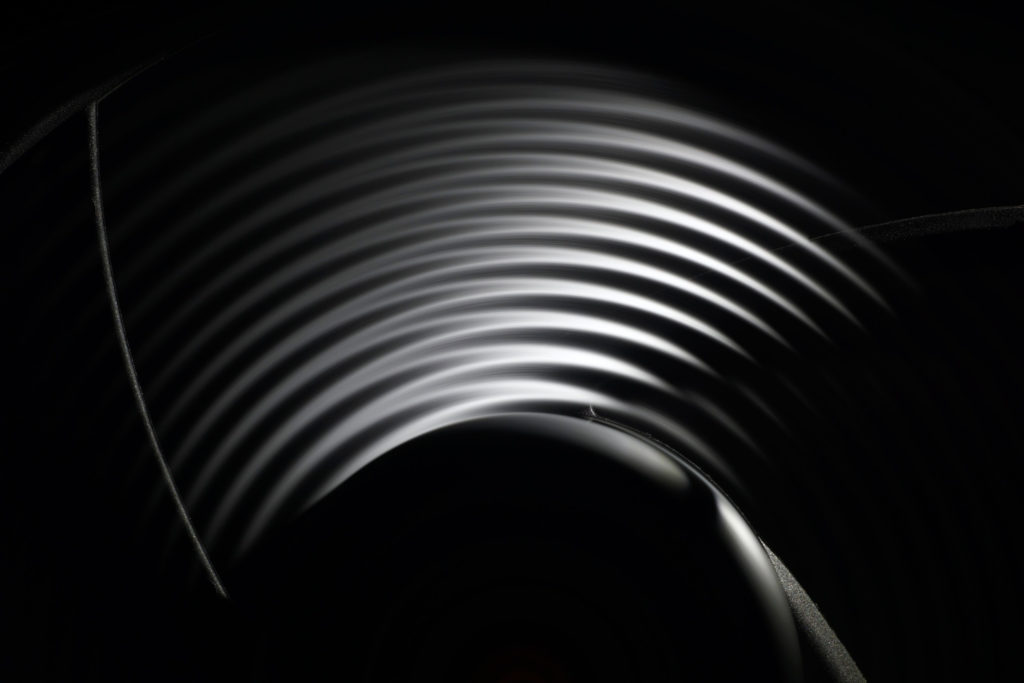Acknowledgements, a behind-the-scenes retrospective and a look into the future
Last year’s tally of fans tested ends at 34 models. We don’t know what number it will stop at one day over the years, but our plan for the next twelve months is clear: Push hard on fan topics. Not only by adding to the record number of fans, but also by popular education on the physics that is essential to a proper understanding of exactly how fans work. The goal is for you to have a clarity about everything.
First of all, we would like to thank all our readers. We consider you to be “the chosen few from the chosen few”. The first choice is about the thematic sieve (the fact that you are at all interested in computer hardware and especially fans) and the second choice, the second sieve, not many people really go through that anymore. There are only a very small number of people in the world who can appreciate and understand those extensive analyses of ours, and also know what criteria a complete expert test should meet.
A special thanks goes out to those of you who kindly link to our tests from around the world in discussions on international forums. It helps a lot to reach readers with an interest in fans, but without the knowledge that there is such a thing as HWCooling. There are still very many of those, and in order to be able to devote ourselves fully to fans in the long term, we need to gradually get everyone passionate about the subject. So definitely don’t stop with this publicity. 🙂
The first year of fan testing at HWC had two tasks:
- To build a baseline comparative database of 120mm fans and thus a sort of dispersion from below average fans to top-notch fans, which has been achieved.
- Getting on the “map”, i.e. in the field of view of users who are interested in computer fans, but also of their manufacturers. With the latter not only in the context of public tests, but also internal ones. We have already tested some prototypes this year and we are happy to be useful in this respect in the future. So whoever concludes that the ACMA 210 measurements are too expensive (and now we’ll take a little dig) and/or at the same time further away from reality than our measurements, you’ve got the email address: info@hwcooling.net.
We see collaborations with companies to develop their fans as a major source of funding for public tests in the future, for readers. The downside of expert tests is that their results are often inconsistent with manufacturers’ expectations.
While the vast majority of fans don’t come out badly (and there’s almost always some reason why a particular fan is attractive for some reason), but naturally all of them can’t be “the best”. And that’s also why some companies focus on other types of publicity, other tests, and try to avoid us. There are considerably fewer of these than of those who value our work even through pointing out some of the shortcomings that complete detailed analyses will inevitably point out.
A glimpse of the future? This year (2023) will be the strongest in terms of fans at HWC. Firstly, we will add the largest number of fans tested, covering the vast majority of models discussed on the forums (including the Phanteks T30, Arctic P12 A-RGB or Noctua NF-S12A) with the expectation that we will be at number 70 a year from now. As the year progresses, we’ll start incorporating larger, 140mm models in addition to the 120mm ones, and it won’t just be a matter of releasing one test after another.
To help you best understand the results of our tests and apply them appropriately, we have planned a series of educational articles. These will be very detailed, but written in a popular way (so that everyone can understand everything without the need for expertise in the field) about the phenomena you encounter with fans. Eventually, this could possibly even be made into an e-book of some sort. We’ll see how things develop. The more it becomes clear to the world that we are really serious about fans, the faster we can move forward. Passion and commitment is one thing, but to really get things going we also need sufficient funding, and we’re permanently lacking that (and it’s a bit of a struggle in that regard, we’re bleeding in this regard…).
Finally, we wish all our readers (both current ones and those who will come across HWC later on) all the best for the new year! 🙂
English translation and edit by Jozef Dudáš














So when can we get the first data points on Fans? I have been waiting for several weeks now
The ramp-up will be a bit slower (we still have to deal with shortcomings quite intensively at the beginning of the year, especially as far as CPU and graphics card tests are concerned), but then comes the strong dominance of fan tests (and related topics). We should be able to do one more test in January. In the next months we will add more of them, 4-6, to get to the 70 (tested fans in comparison) at the end of the year. 🙂
I’m totally looking forward to this.
One point of interest to me as an enthusiast is to find the highest raw performing white RGB fan on the market, seeing it independently tested and compared, because I can’t just take the paper specs at face value.
For example, the Geometric Future Squama 2505 RGB makes bold claims on its paper specs (Static Pressure above 4.0mmH2O), but I haven’t found anyone independently compare it yet. Seeing a comparison that includes RGB fans from EK (e.g. Vardar Evo & FPT), Lian Li (e.g. SL Infinity & V2), and Cooler Master (Mobius P) vs the existing list would be interesting.
Thanks for the tips, we will send Geometric Future a request for samples of Squama 2503 (white) fans and we will see. The design of their frame is interesting.
From white fans, we have Enermax SquA RGB White in our testlab and more models are on the way. We can’t write much about them yet (they haven’t come out yet and haven’t been announced), but according to the design details they have the potential to be close to what you are looking for – “the highest raw performing white RGB fan on the market”. Stay tuned. 🙂
The EK-Loop FPT tests will be coming soon as well and we will try to get to the other fans you mention in your post as soon as possible.
Looking forward to it!
I did make my own wind tunnel for airflow testing before and later I discovered HWCooling! I was so much surprised about the high quality of the test results by HWCooling. The articles of here often inspires me to new testing methods or some improvements.
I’m always grateful for disclosing various data about fans. I wish diverse products could be added to the comparison.
We are glad to have a new reader with development experience. 🙂
You can also get a lot of inspiration from the great book Turbine Aerodynamics by R.H. Augier. Although you probably know…
Any time to consider reviews on 200mm fans ? Your work on this reviews are amazing and consider 200mm reviews must be a dream to solve issues and questions about this fans
I don’t see 200mm fan tests on the timeline looking forward. This is also because the wind tunnel we use is optimized for 120 and 140 mm fans. We can only get to larger formats when we make some money on mainstream format tests that could be invested in developing an environment for testing larger fans. Considering that expert/non-commercial tests don’t make much money, this can take years. We would love to work on such large fans, but we have to have the right conditions for that. At the moment, we can’t even devote ourselves to 120/140 mm fan tests as much as we would like, because we are also dependent on income from other topics (motherboard tests, graphics card tests or CPU tests), with which we can then subsidize fan tests. It’s complicated, but we are gradually moving forward. Very slowly, but still… but eventually we will get to everything, it’s just a very long and twisty road to get there.
I guess this is why there has been a lack of fan reviews from you in the past month.